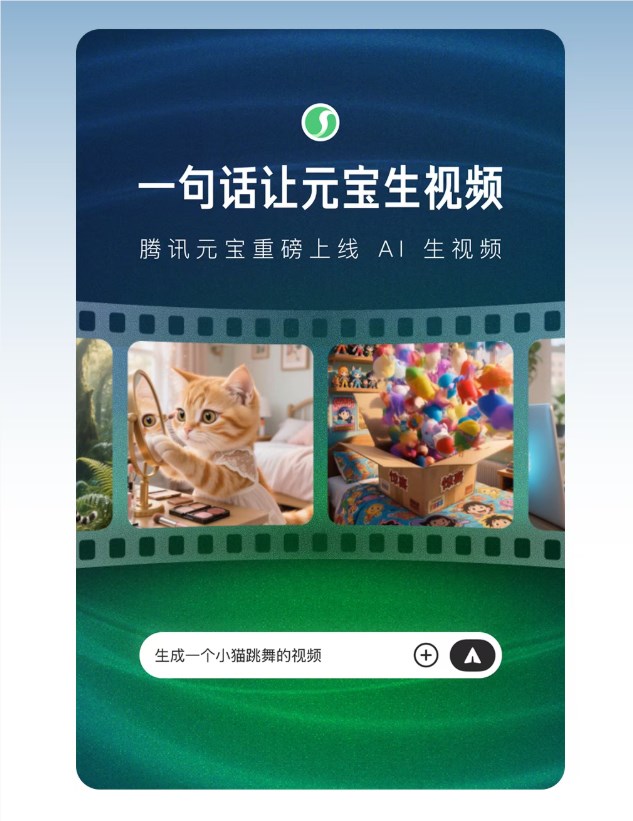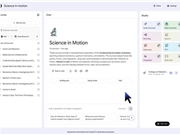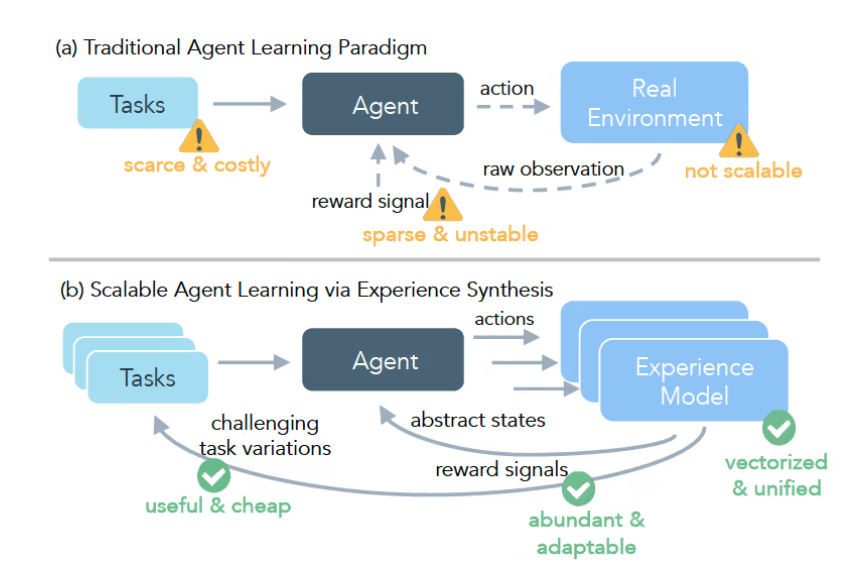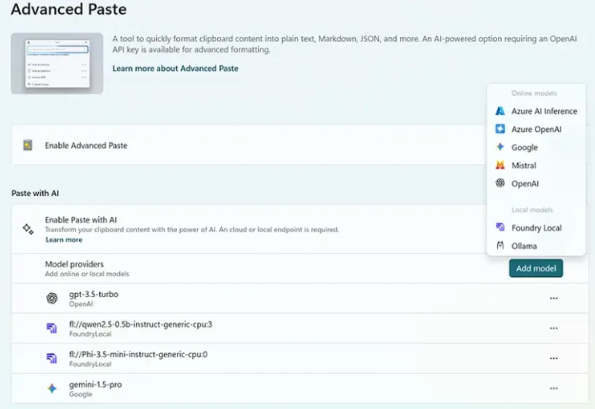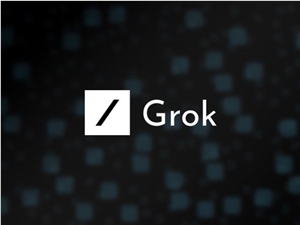As we have discussed in this blog, artificial intelligence has made significant progress in areas such as image generation and writing. However, when it comes to creating music that truly resonates with people, AI faces tremendous challenges.
While AI music generators can produce acceptable melodies, their works often feel hollow and disconnected from the unique human experience that defines music. YouTube creator Adam Neely analyzes the dilemmas AI faces in music creation in his video.
The "Flaws" of AI Music: Lack of Emotion and Cultural Depth
One major obstacle stems from AI companies' understanding of music. For many developers, music is viewed as a "problem" that needs to be optimized through algorithms, rather than an art form that requires exploration. This mindset strips music of its essence: emotional depth, historical roots, and cultural significance.
For example, an AI-generated tune about cheeseburgers may mimic the structure of Delta blues, but this actually undermines the rich history that birthed this genre. This focus on "solving" music reduces it to a pattern replication exercise, losing the intent that gives music its meaning.

Image Source Note: Image generated by AI, image authorized by service provider Midjourney
AI music lacks the "humanity" that we instinctively respond to in art. This is because music is inextricably linked to human history, passion, and tradition. However, the accelerationist mindset of many AI developers places technological advancement above understanding why music can touch us. This shortsightedness leads to music that sounds polished but feels hollow. Without shared humanity, AI works fail to capture the ineffable qualities that resonate with individuals and society.
Another significant barrier for AI is that many developers lack interest in the artistic process. Human composers and performers make choices not only based on knowledge but also on intuition, feeling, and pure whimsy. They infuse spontaneity and even intentionally flawed touches to express their individuality.
AI, on the other hand, operates by analyzing and replicating patterns. But it does not understand why these patterns exist. For instance, an AI might extend a musical phrase or introduce a harmony that sounds correct based on its training data. However, without proper context or intent, the result may feel soulless.
Alan Turing proposed the imitation game in his 1950 paper, which later inspired the Turing Test. He understood that for machines to exhibit intelligence comparable to humans, they needed randomness and unpredictability. Modern machine learning incorporates these elements, but randomness alone cannot make music meaningful. Because "randomness" signifies a lack of understanding. Music is not just about unexpected twists or novel combinations; it is more about creating emotional connections. AI can mimic randomness or structure as its programmers intend, but it does not know why it should do so.
The lesson that AI enthusiasts are about to realize is that culture cannot be simplified into data points. The histories of genres such as jazz, blues, and classical music are intricately tied to the social and personal contexts that shape them. Therefore, AI-generated music often feels bland because it lacks this contextual foundation. It can imitate the surface characteristics of a genre but cannot capture the backstory that gives music its soul.
Even if AI can create music that is indistinguishable from human works, it still cannot address the deeper issue: intent.
Music is not merely sound waves imposed on unsuspecting air molecules. It is a form of communication between the creator and the listener. AI-generated music lacks the intent and emotional connection that people naturally seek in art. This absence of intent is why AI music (as well as visual art and novels), no matter how technically impressive, often feels incomplete.
Humans have the ability to reinterpret and redefine music, even finding meaning in songs they initially dislike. Music invites participation. It is a medium through which people actively engage, whether by dancing, singing, or simply listening deeply. In contrast, AI music often feels static, rarely fostering connections or reinterpretations among listeners.
The Future of AI Music: Assist Rather Than Replace
AI-generated music faces significant obstacles in replicating the emotional, cultural, and historical dimensions of human music. While it may technically succeed in producing proficient compositions, it lacks the intent, cultural understanding, and qualities that provide the necessary human touch.
That said, AI can enhance music in various ways without replacing human elements. When used appropriately, AI can be a tool for artists, assisting in composition or sound design while leaving room for creativity and emotional expression. The challenge lies in ensuring that AI complements the rich tradition of music rather than replacing it.
Because ultimately, music is not just a series of notes. It reflects who the listener is and opens a door to an ideal world for them. As long as AI developers view music as a problem to be solved rather than a medium for expression, AI-generated music will remain synthetic.




